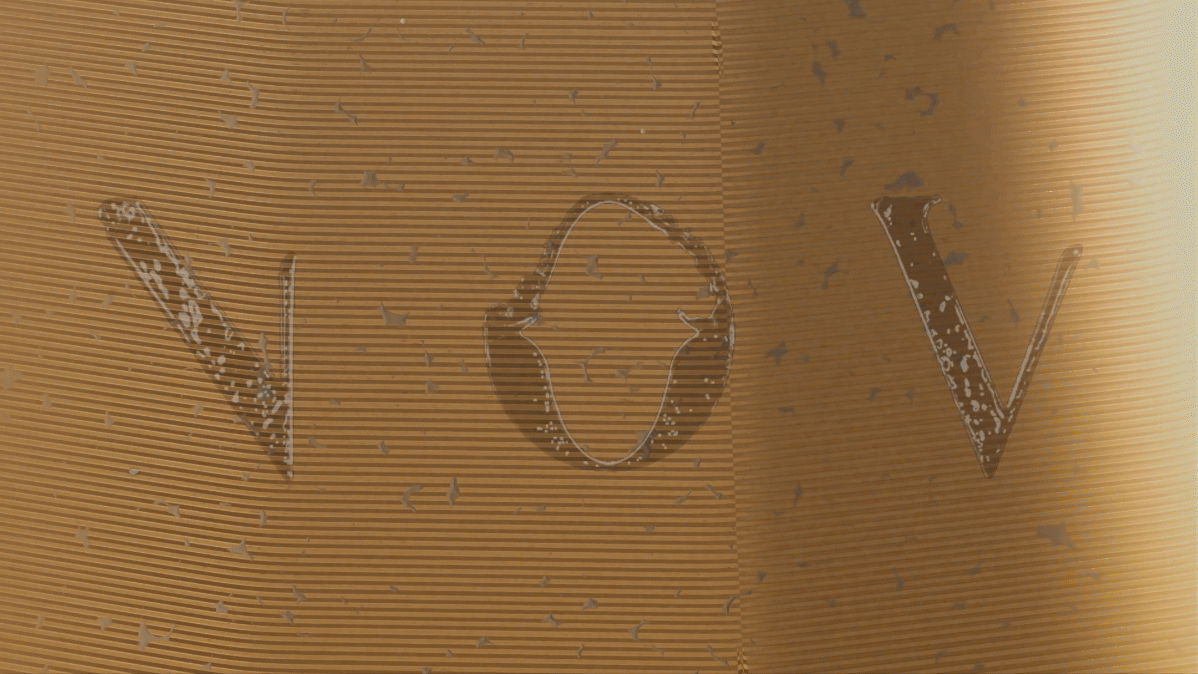CENOVEA
This project involved creating Cenovea, a fictional luxury ceramics brand, to demonstrate my skills in branding and visual storytelling.
The core idea: Ceramics that embody an opulent fusion of form and function. Each piece is envisioned as emerging from the earth, shaped by a blend of traditional mastery and modern innovation – creating functional art designed to endure.

Welcome to a revelation in ceramic artistry. Here, within the heart of our conceptual studio, Cenovea, each creation transcends mere objecthood to become a living testament. It is more than fired clay; it is a narrative whispered in form, a tangible piece of a story that connects the earth, the artisan, and you.
Think of the genesis of a diamond, brought to impossible brilliance under immense pressure and the slow passage of time. Similarly, our ceramics emerge from the humble, grounding presence of the earth itself. Raw clay, imbued with potential, is carefully coaxed and meticulously shaped. This transformation is not accidental; it is guided by a profound understanding, a delicate and deliberate balance struck between the enduring wisdom of time-honored tradition and the exciting pulse of fearless innovation.



Storyboards & Style Frames
The story expresses the the Cenovea planter self-watering technology, with the planter spinning on a table, which can be included into many different family lifestyles. We can see inside of the planter and how to simply water and refill the planter.


Process
Visually, the biggest challenge was making the the multiple layers, the solution I found was to split the render into four layers: the background, the table, the inner and outer planter. This way of rendering allowed me to render the background and table faster and only once, and if I needed to adjust something in the animation, I didn't need to recalculate the whole scene. Rendering on layers also helped at the compositing stage when I needed to add shadow and some graphics in front and behind. The visual language needed to be faithful to the complex mechanisms at work with the planters self-watering feature, while balancing design and planting best practices.



Cinema 4D Workflow
I began working on the planter and using Xpresso, a node system within Cinema 4D, to link duplicated elements on the rig. My primary focus was animating the glass, with the liquid following the internal walls. Implementing some programming significantly saves time by automating tasks that would otherwise require manual animation. To address a specific issue, I utilised a stack of circles connected by a Loft Generator, allowing me to control the radius and height of each part independently. This approach also facilitated art-directing the animation, enabling one section to morph after another or incorporating secondary animations seamlessly.


